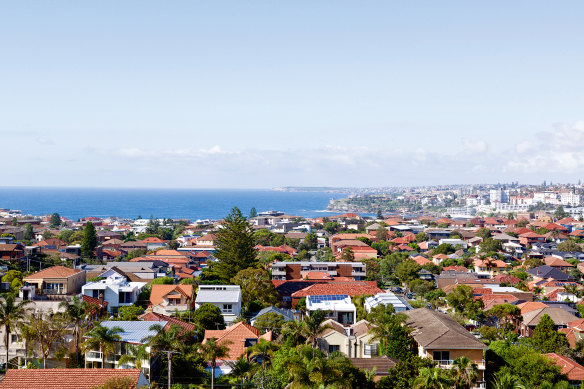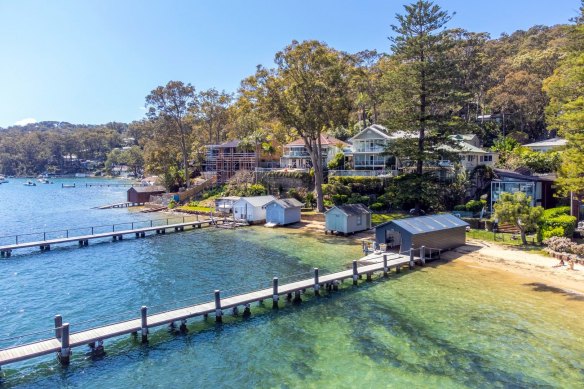“[However] things are starting to pick up again in [Sydney], with decent growth year over year, boosted by international demand returning,” she said.

The bulk of the city’s short-term rentals are in the inner city, eastern suburbs and northern beaches.Credit: iStock
Nicole Gurran, a professor of urban and regional planning at the University of Sydney, said between a fifth and a third of short-term stays, depending on the market, tended to be whole homes frequently rented out.
NSW was the first state to regulate Airbnb-style letting in 2018 when it mandated a cap of 180 days for investment properties in greater Sydney.
Gurran was nonetheless alarmed at the increase in short-term lets during a rental crisis.
“Is it the whole problem? No it’s not, but if you could wave a magic wand and suddenly release 2000 homes into the Sydney rental market, it would provide a lot of relief,” she said.
Loading
“Ironically some people are resulting to using short-term rentals because they can’t get into the permanent market which is horrific given the cost and inherent precarity that comes with that.”
Gurran said without further government intervention – including stronger tenant protections and an increase in social housing – the situation would worsen for renters, and backed recent recommendations for a 60-day cap on non-hosted short-term rentals in Byron Bay.
Domain’s chief of research and economics Dr Nicola Powell said short-term rentals had a “phenomenal” impact, but were among multiple factors contributing to the rental crisis – including a lack of new housing, a strong return in migration and international student arrivals and a drop in investor activity. Demand for space also increased after the shift to remote work.
“It really hits the affordability of dwellings in residential areas … it’s felt most acutely in the rental market,” she said, but noted it could have a flow-on effect to property prices.

The Pittwater region is among the pockets of Sydney with the highest volume of short-term rentals. Credit:
BresicWhitney chief executive Thomas McGlynn said there had been a noticeable uplift in owners exiting the rental market, but this was largely landlords converting properties back to holiday homes as tourists returned.
“Those short-term rentals that converted over [during the pandemic] are only coming out of 12- or 24-month lease contracts now,” he said.
“I think that has a small impact with regard to available property for long-term renters, but it’s not something that’s over and above what we were already dealing with pre-COVID.”
Loading
Michael Crosby, Airbnb’s Head of Public Policy for Australia and New Zealand said housing affordability was a challenging issue, but said other factors were to blame for long-term rental shortages.
“The causes differ from place to place, with legacy factors – which often predate the founding of Airbnb by decades – ranging from the supply of new homes, the ratio of public housing, the number of empty dwellings and rooms, interest rates and broader economic conditions,” Crosby said.
While short-term rentals generally made up a tiny proportion of the market, Airbnb was keen to work with stakeholders to help provide solutions and had proposed a series of measures last year, he said.
Stayz director of corporate affairs Eacham Curry said short-term rentals were not the problem nor the solution.
“The problems the nation is currently facing have been decades in the making and are more likely the result of costly and arduous planning approval processes and too little land being released for housing development,” he said.
